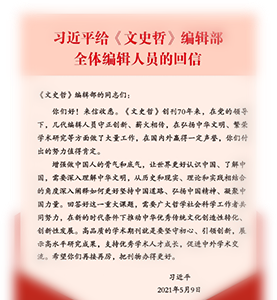卫所制度与边疆社会:明代四川行都司的官员群体及其社会生活 彭 勇
行都指挥使司在明代虽然只有五个,却管辖有辽阔的疆土,设置在西南边疆民族聚居区内的四川行都司就是其中之一。限于史料和研究的方法,相关研究成果极其有限。从明代卫所制度设置的基本属性和理念出发,重点利用选簿、实录、碑刻、家谱和文集等史料,并附以田野调查等手段,可以看出四川行都司内官员群体的构成特点是:世袭武官被临时抽调、来源地域相对集中,文官以贬谪者居多。行都司内的各民族划区域生活,各安生理,卫所汉族官员主要分布在安宁河谷,以镇戍和稳定当地秩序为务;土司奉中央之命管理属民。土司内部的权力争夺和各阶层势力的消长,是引发当地动荡的主要原因,而卫所的设置并不是扰动边疆社会秩序的诱因。受卫所制度长期运行的影响,来自全国各地、扎根于边疆的世袭武官和被贬谪文官的社会生活(婚姻、家族、宗教信仰和精神世界等)也发生了重大变化。透过冷冰冰的制度下一个个鲜活的家庭,可以看出六百年以来边疆社会组织的因循与演变。
The Establishment of Guards & Battalions and the Border Society: The Official Group of the Regional Military Commission of Ming Dynasty Sichuan and Their Social Lives Peng Yong
There were only five Regional Military Commissions in the Ming Dynasty, but they had jurisdiction over broad land, and Sichuan Regional Military Commission set in the Southwest border areas inhabited by minority nationalities was one of them. So far, correlational studies are very limited due to materials and methods. Starting from the essential attribute and idea of the establishment of Guards and Battalions, and focusing on the historical materials such as selection registers, true records, stela inscriptions, genealogy, collected works with some fieldwork, the author concludes that in the official group of the Commission, the hereditary military officers were specially transferred from relatively centralized region, while most of the civil servants were demoted. Each nationality lived in a delimited area; the Han officials mainly distributed in the Anning River Valley, whose priority was to guard and keep loc


